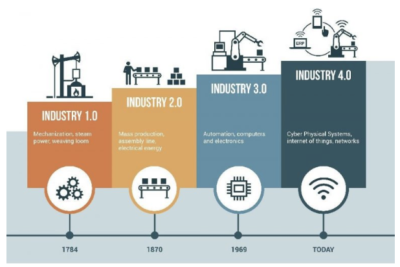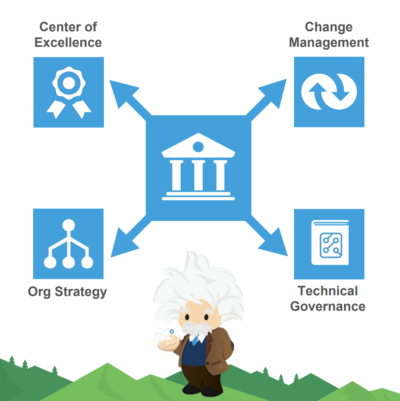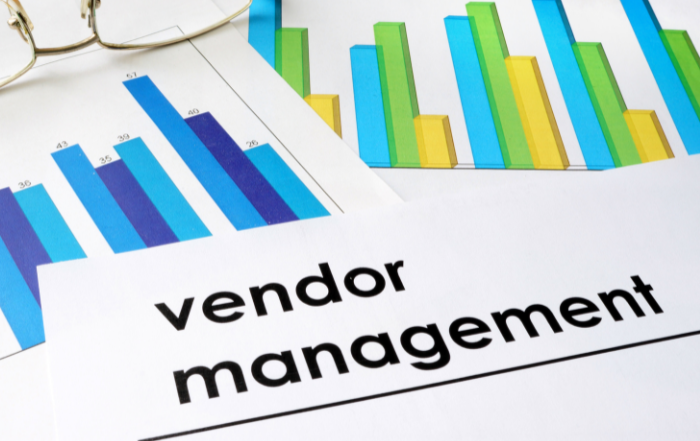The Ultimate Guide to System Governance with Salesforce
With the Great Resignation opening an IT labor shortage of nearly half a million jobs in the last two years, a performance gap is emerging between companies that have committed to data-driven processes and those that haven’t. Effective data and system governance involve coordinating people, processes, and technology in any industry and technology platform. In Salesforce, the lean system governance framework can undergird data-driven operations on any scale.
In this guide, you’ll learn what system governance is and how to apply it in Salesforce.
What Is System Governance?
System governance refers to the organization-wide frameworks businesses apply to make decisions and design operational workflows. System governance plans identify areas of responsibility for all stakeholders and define common goals and priorities for team members in all departments. Well-designed system governance plans mitigate the negative effects of inevitable disruptions, allowing organizations to quickly and effectively identify which process failed or encountered unpredictable obstacles.

In the context of the Fourth Industrial Revolution – the advent of artificial intelligence, cloud-computing, hyper-virtualization – and recent accelerated digital transformation in all sectors, system governance treats companies of all sizes and industries as technology organizations, designing governance frameworks to match today’s digital operations environment. Organizations of different kinds and scales will have unique governance needs for managing personnel workflows. Nevertheless, as organizations based in technological systems, all organizations benefit from technology-driven system governance in four ways.
- Compliance: System governance frameworks should include features to handle all regulatory requirements that apply to a business’ operations.
- Risk Assessment: System governance should strive to identify and quantify sources of risk in all regular operations, including vulnerabilities in information and cyber security systems and potential legal liabilities associated with regulatory compliance.
- Cost Effectiveness: Governance frameworks should set priorities and define processes according to what drives value in an organization. When different metrics of value clash, data-backed results should have precedence over less quantifiable performance indicators.
- Velocity: Effective system governance will balance an organization’s need to adapt to new developments in technology with the pace and capacity of existing teams and customers’ preferences and comfort levels. Rolling out new features and applications drives value only when it suits everyone affected in the process.
System Governance in Salesforce
Salesforce literature contains an organizational outline for best practices in what Salesforce describes as lean system governance for users of the platform. This outline applies to any configuration of Salesforce cloud services. The four key elements of Salesforce lean system governance strategies are:

- Center of Excellence: The center of excellence in a system governance plan is Salesforce shorthand for the individuals responsible for defining business strategy and goals and ensuring all teams involved have the support and technology they need to perform.
- Change Management: Everything that must happen between design and deployment in a project’s lifecycle falls into the domain of change management. Change management responsibilities include defining release schedules and maintaining testing and support cycles.
- Org Strategy: Salesforce offers various services in its different cloud platforms. Salesforce users commonly run multiple applications in different orgs across the platform. Org strategy refers to the top-down design of relationships between these orgs as dictated by concerns such as data privacy regulations, integration potential, and technical limitations.
- Technical Governance: The technical side of system governance focuses on identifying obstacles and operational inefficiencies that hinder growth. These include – among many others – unscalable functionalities, duplicated capabilities and data stores siphoning cloud resources, and manual workarounds amenable to automation.
Key Processes for Salesforce Lean System Governance
Before high-speed internet made cloud-computing technologies viable, technical system governance involved managing workflows within the hardware limitations of mainframe infrastructures. The bottleneck in old mainframe systems was processing capacity, and system governance focused on assigning priority to tasks in sequence. While these hardware limitations largely no longer apply in an environment of unlimited on-demand cloud-computing capacity, system governance still plays a vital role in effective Salesforce operations.
Here are the three key processes that enable lean system governance in Salesforce.
1. Vision and Strategy
Project success relies on articulating a clear and singular purpose – a north star – to all teams involved. For Salesforce system governance, you should consider your vision to be what you want to accomplish in the project and your strategy the roadmap that indicates the route to get there.
For example, if your vision is to boost a product’s or service’s profitability, you must also define the strategy at the outset. Will you adjust operations to reduce costs? Will you expand marketing activities to drive sales? Or a hybrid of both strategies? Effective system governance will always provide all participants with an unambiguous vision and strategy writ large for everyone in the organization.
2. Prioritized Business Backlog
All organizations have a limited production bandwidth and behind that capacity is the backlog of pending obligations and requirements. Prioritizing the backlog is a critical part of system governance.
In Salesforce, sorting your backlog primarily involves smartly implementing the right platform features and functionalities. Effectively managed teams will always take maximum advantage of the declarative – drag-and-drop – no-code interfaces available in different Salesforce clouds and keep the need for custom code writing to a minimum.
3. Defined Development Cycles
Technical system governance determines the development and release cadence that best suits your organization’s capabilities. Although Agile frameworks for creating a continuous integration and continuous deployment (CI/CD) pipeline now dominate the development world, Salesforce system governance still accommodates other development styles, such as waterfall or Kanban, that meet the unique needs of smaller organizations or those developing niche products. In any case, optimal development pacing doesn’t just happen. IT decision-makers must experiment, adjust, and communicate to keep cycles flowing smoothly.
Salesforce Managed Services with Rainmaker
From start-ups to Fortune 500 companies, Rainmaker excels at achieving maximum Salesforce potential for clients through custom consulting plans and years of acquired technical expertise.
To schedule a meeting with a consultant to learn more, contact Rainmaker today.






